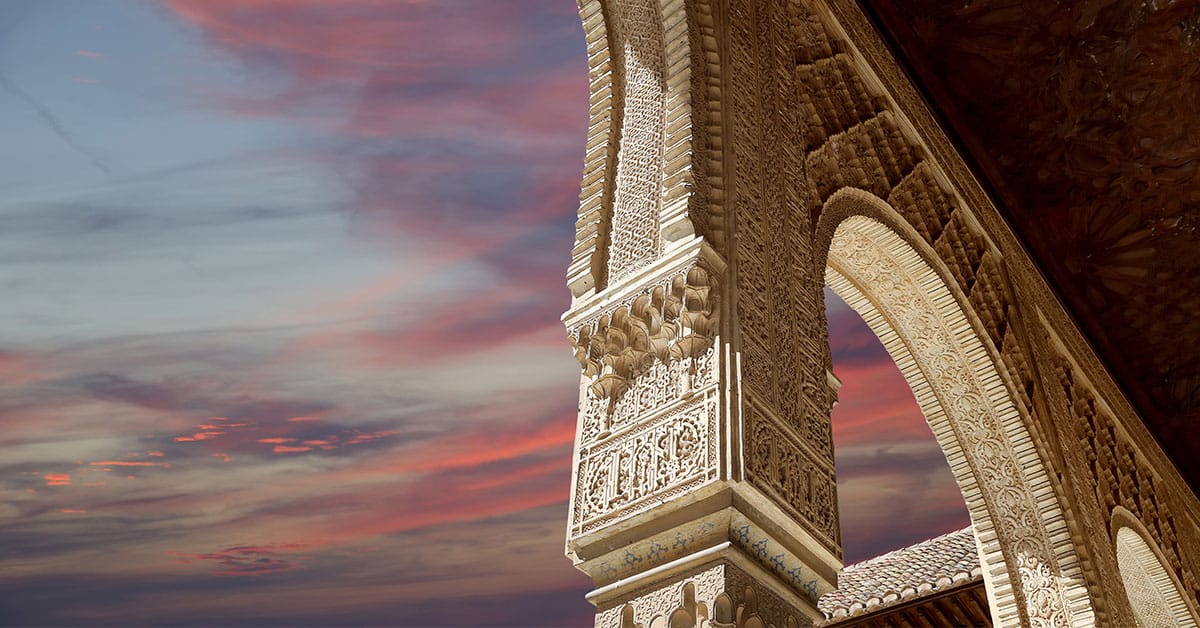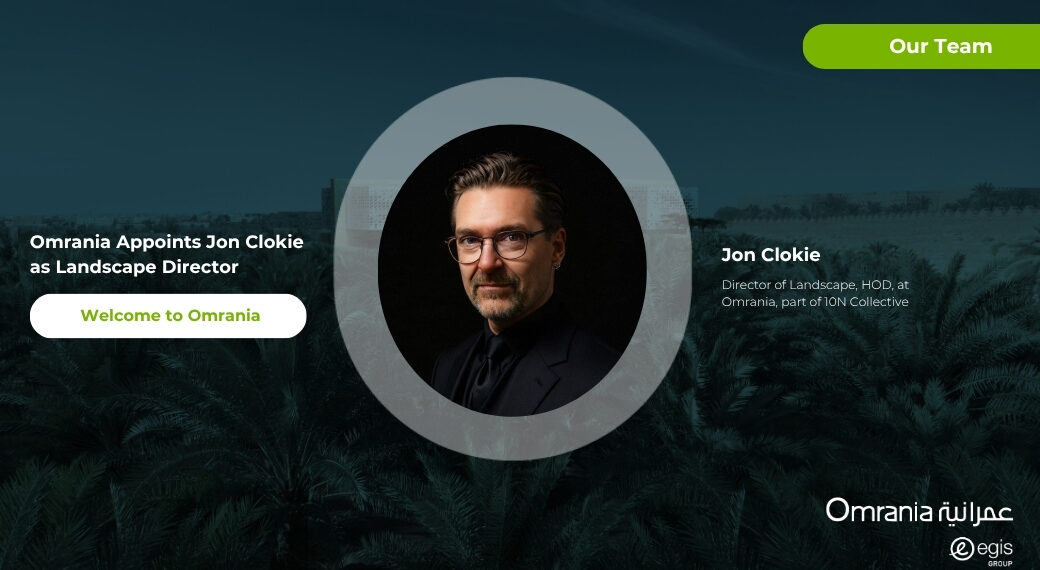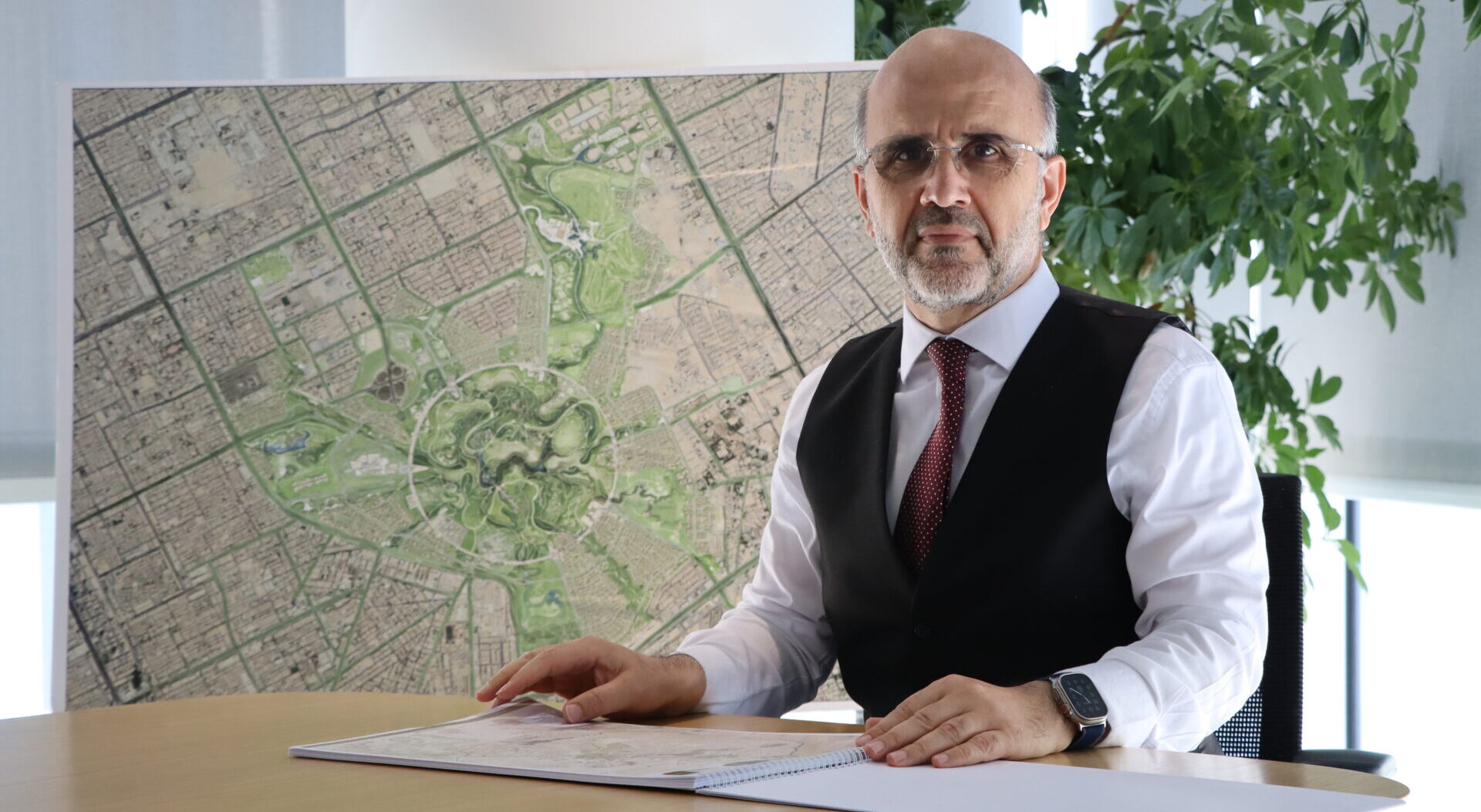 Arcade of the Alhambra in Granada, Spain. Circles and grids are the building blocks of the highly varied geometric patterns. Photo © VLADJ55
Arcade of the Alhambra in Granada, Spain. Circles and grids are the building blocks of the highly varied geometric patterns. Photo © VLADJ55 .
The geometric techniques enabling complex patterns in Islamic design are revealed in a 5-minute TED-Ed animated lesson.
.
“In Islamic culture, geometry is everywhere.” These are the opening words of an animated lesson entitled “The Complex Geometry of Islamic Design” created by the Britain-based author and artist Eric Broug. In just five minutes, Broug takes viewers on a journey through the basic geometric operations that underlie the dazzling array of patterns seen in both public and private buildings throughout the Islamic world. The sophisticated use of abstraction emerged during the early centuries of Islam, concurrently with advances in science and mathematics.
How could medieval craftsmen design the intricate patterns that adorn mosques, madrasas, and homes? Even the most complex designs can be created from two simple hand-held drawing tools: a compass and a straight-edge. As the narrator explains, “Everything starts with a circle. The first major decision is, ‘How will you divide it up?’”
Most patterns split the circle into four, five, or six segments of equal size, and then overlay a grid that remains invisible except to the designer. The grid keeps the pattern accurate over a larger surface and facilitates the invention of dazzling new configurations consisting of repeating tiles. This is nothing less than the art of tessellation, in which “the possibilities are virtually endless,” as the video points out.
While a four-fold patten fits in a square grid, and a six-fold pattern fits in a hexagonal grid, a five-fold pattern does not seamlessly fill a surface. It thus requires other shapes to be interspersed, resulting in additional visual complexity. By selecting different segments of the crisscrossing lines of the circles and grids to make visible, the designer can produce great variation within carefully controlled visual structures.
The lesson concludes, “This more than one-thousand-year-old tradition has wielded basic geometry to produce works that are intricate, decorative and pleasing to the eye.” The secret to all this beauty in architecture and design? A combination of artistic intuition, relentless precision, and of course “a great compass and ruler.”
Watch the video on YouTube
Or watch the video at TED-Ed
https://ed.ted.com/lessons/the-complex-geometry-of-islamic-design-eric-broug







